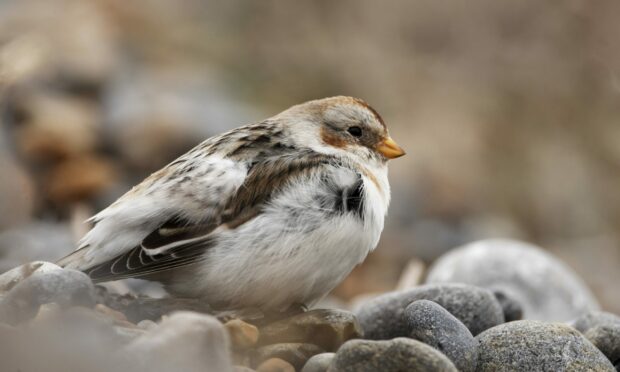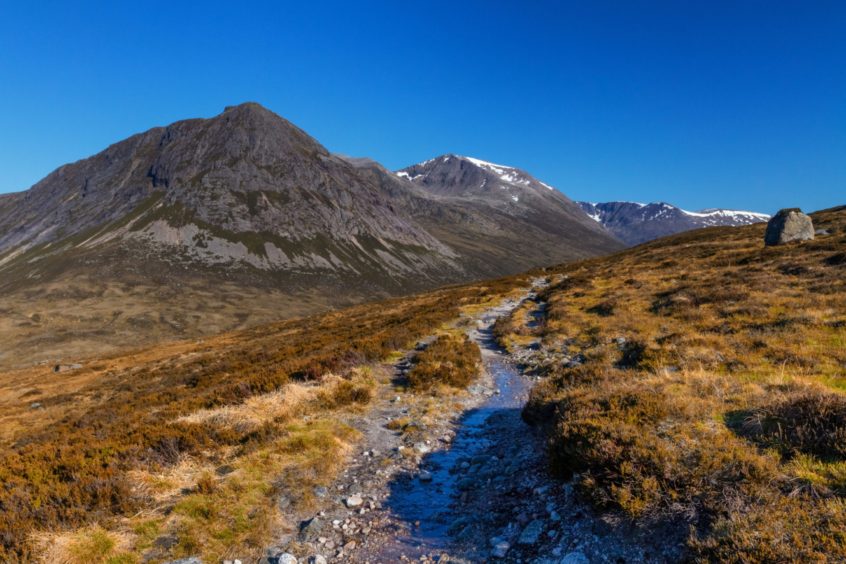It’s strange how sometimes one is consumed with an irresistible urge, and this is what exactly happened to me following the recent publication of the report by the UN Intergovernmental Panel on Climate Change.
The report made grim reading with UN chief Antonio Guterres warning that the world must ‘wake up’ and act on climate change.
The report resonated with me immediately because only recently I had seen the impact of climate change on Shetland’s kittiwakes, whose numbers are declining.
It also made me clamour to revisit an area of Scotland most likely to be affected by climate change – the high plateaux of the Cairngorms, which is home to so many specialist Arctic-alpine creatures.
They are like wild refugees in this isolated montane landscape, and if climate change continues apace, they may disappear.
I had an especially strong urge to witness snow buntings once more in their breeding haunts in the high Cairngorm corries.
Snow buntings are sparrow-sized birds and in summer the male has wonderful contrasting black and white plumage, while the female is more muted in tone, but attractive nonetheless.
They are rare breeding birds – around 50 pairs – and their days could well be numbered because Scotland is a southern outpost; their main breeding range being in Iceland, Greenland and Scandinavia.
A few days after the UN report was published, I set out one dawn to ascend Cairn Lochan and then onto Ben Macdui, Scotland’s second highest mountain.
Many years ago, I used to marvel at snow buntings in nearby high-altitude boulder fields as they whirled through the air like dancing snowflakes. But were they still there?
Wispy tendrils
It was a wonderful morning to be in the Cairngorms, and the cloud rose and fell like an undulating shroud, sometimes enveloping me in a sea of grey, and then lifting again to reveal the high tops of Cairn Toul, Sgor an Lochain Uaine, Einich Cairn and Braeriach, before the wispy tendrils of mist crept down their high corries once more.
I scoured the high boulder fields but never glimpsed any snow buntings.
They were there, of that I was certain, but in this vast area, finding them was like searching for a needle in a haystack.
While there were no birds about, my eyes were continually drawn to club mosses and lime-green lichens that encrusted the rocks and boulders.
It was a wonderfully compelling environment, a wild natural amphitheatre that made one feel exceedingly small.
On the last leg of my return journey down by the edge of the Cairngorm ski runs, a vibrant yellow cluster of bog asphodel sparkled from a damp flush.
I gently brushed my fingers over their intricate flower spikes.
They were a shining beacon of hope, each yellow petal carefully crafted by the hand of nature, and when nature draws you deep within its wild embrace, it will never let you go, and in turn, we should always cherish nature, and never let it go.
INFO
Snow buntings in the Cairngorms are relatively sedentary, only moving to lower ground once the weather deteriorates in November. Small numbers of immigrants from Iceland, Scandinavia and Greenland also arrive in Scotland each winter.











